CONCRETE: D.I.Y.
STEP 1: HOW MUCH DO I NEED?

Measure the area where you are pouring your concrete. Be precise! and it also helps to Round Up! To get your “Yardage” try using our Calculator. P.S. these are CUBIC YARDS we are talking about not SQUARE YARDS like when you ordered your wall to wall carpeting. The difference is HUGE!
STEP 2: PREP THE AREA

Excavation is most likely needed. Determine the finished height of your concrete and measure down. For a 4″ thick slab you will be excavating at least 4″. Usually it is best practice to install a 2″to 4″ base layer of R.C.A. for soil stability and structure. (see Pavingstones page for details on R.C.A.) So in the worst case you will excavate 8″ for this job. Make sure you have leveled and compacted the soil and the base material if needed. Clear the area of any trash or other debris. Drain off any standing water.
- Set your forms. You can use lumber that is the same width as the desired depth of your concrete. (For instance, use 2×4 forms if you want a 3 1/2 inch concrete depth.) Make sure the forms are level if a level surface is required or “pitched away” if you need to move water away from a structure or swimming pool. You can use a string level to make sure your “Level” or “Pitch” is consistent. Secure the forms with stakes on the outside of the forms (and a couple on the inside to hold the forms steady until the concrete is placed).
- If you are pouring against existing concrete or masonry, put an expansion joint (available at our Location) against the existing surface that will make contact with the new concrete. Concrete can expand and damage existing work or even itself.
- If you are pouring in extreme heat or cold, Precautionary measures should be taken . For Hot… Let’s slow things down a little! : The base should at least be thoroughly wet down to slow the curing of the concrete. Additionally, you may want to add a vapor barrier (plastic sheeting) over the base and the inside of the forms. This will also keep critical moisture from being drawn away from the concrete during curing. We can also add “Retardant” to the mix at the plant to slow the cure rate. And for Cold? You guessed it… Let’s speed things up! : You need the concrete to “Set” before it freezes if temperatures will be dropping below 32 degrees F. We use Hot Water in our mixes in the winter and can also use an Accelerant to get things going. In extreme instances, concrete blankets and heaters are appropriate. The bottom line is : Concrete poured in extreme temperature settings is extremely precarious, with possible bad results ranging from a bad finish to a complete failure of the concrete.
STEP 3: ORDER YOUR CONCRETE

Call Stevens Stone & Brick to place your order. 631.732.1737
- Explain your D.I.Y. CONCRETE project. Our sales reps will help you order the correct concrete for your project, including admixtures to control cracking, aid in curing, compensate for weather conditions, etc.
- Schedule delivery. You should take note of the weather. Never schedule delivery when there is a chance of High Wind or Rain or Snow or Ice or Heat or Cold! These will frustrate you… ALOT!
- Also make sure you have enough help to complete your project when the concrete is delivered. Pouring and finishing concrete is HARD WORK and cannot be done by one person alone. Don’t try to impress us or your neighbor or your WIFE! Chances are you will not look to good. You must have a knowledgeable crew to move the concrete quickly. Remember the Clock is ticking as soon as the concrete hits the ground… and FAST!
- Payment can be made by credit card when you order or by Cash or Credit Card when the concrete is delivered.
- Overtime charges for lengthy concrete pours will be assessed at $100 per hour after the free time has expired. Free time is based on yardage quantity.
STEP 4: FINISHING YOUR CONCRETE

Work quickly and level the concrete to the top of the forms. Use a Straight Edge longer than the width of the forms to pull across the top of the forms. Fill in any low spots as you move along.
- Bullfloating your concrete will help even out and smooth the surface as well as “Seal” the finish.
- You can finish the concrete with a trowel or concrete broom. Ask your sales rep about finishing tools and methods.
- Having a Concrete Man on the job to help with the Timing of events is encouraged.
STEP 5: CURING

It is very important that you allow the concrete proper time and conditions to cure. This includes making sure that it dries out evenly.
- In hot or dry conditions, it is important that you keep the surface moist. We sell Plastic Sheeting at our Location. This can be applied after you have finished the concrete and will slow the evaporation of water on the surface of the concrete.
- In windy conditions, you may need to cover the surface with plastic sheeting also.
- After the concrete is cured, you should seal it. Stevens Stone & Brick carries a great selection of sealants.

